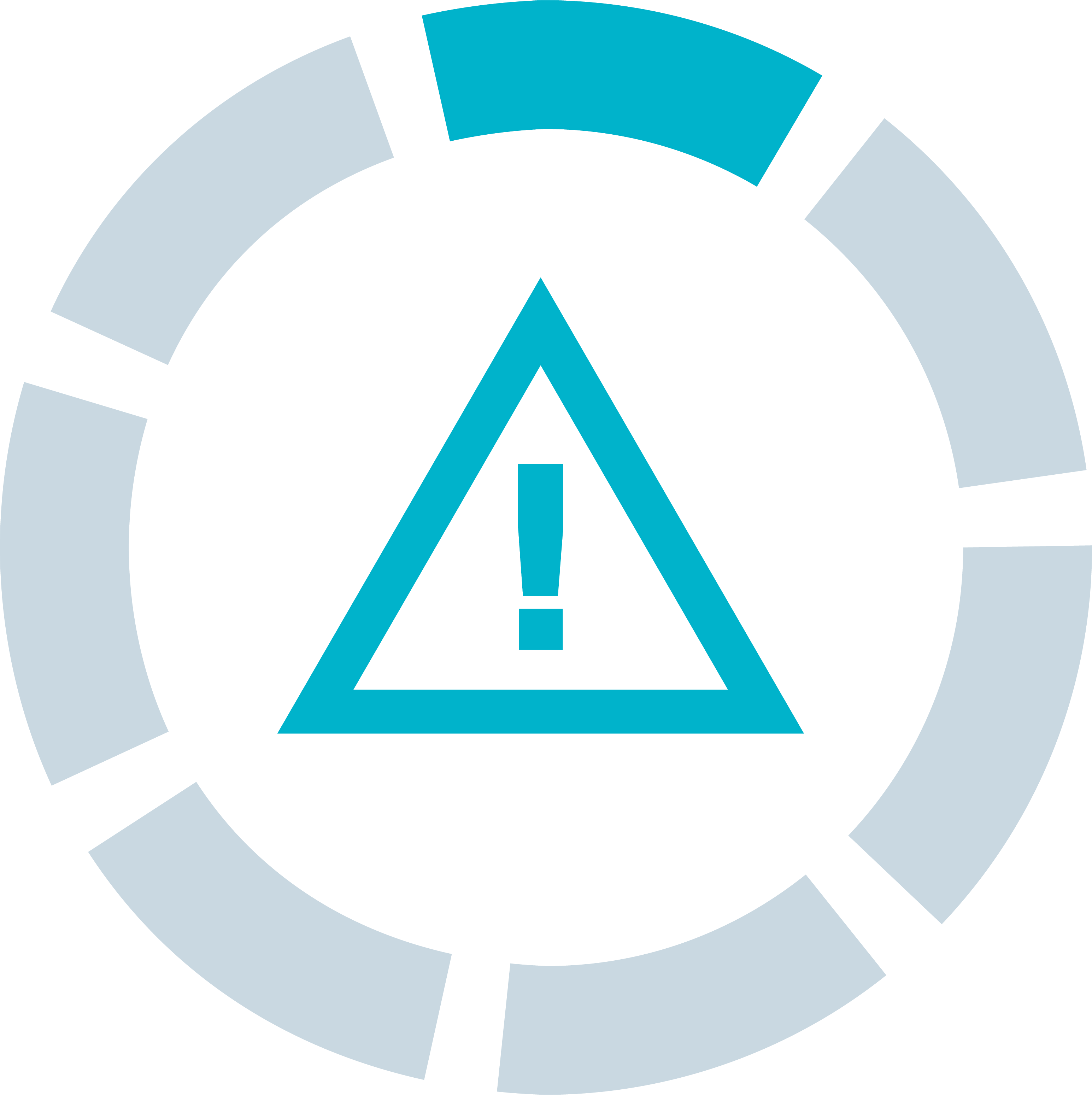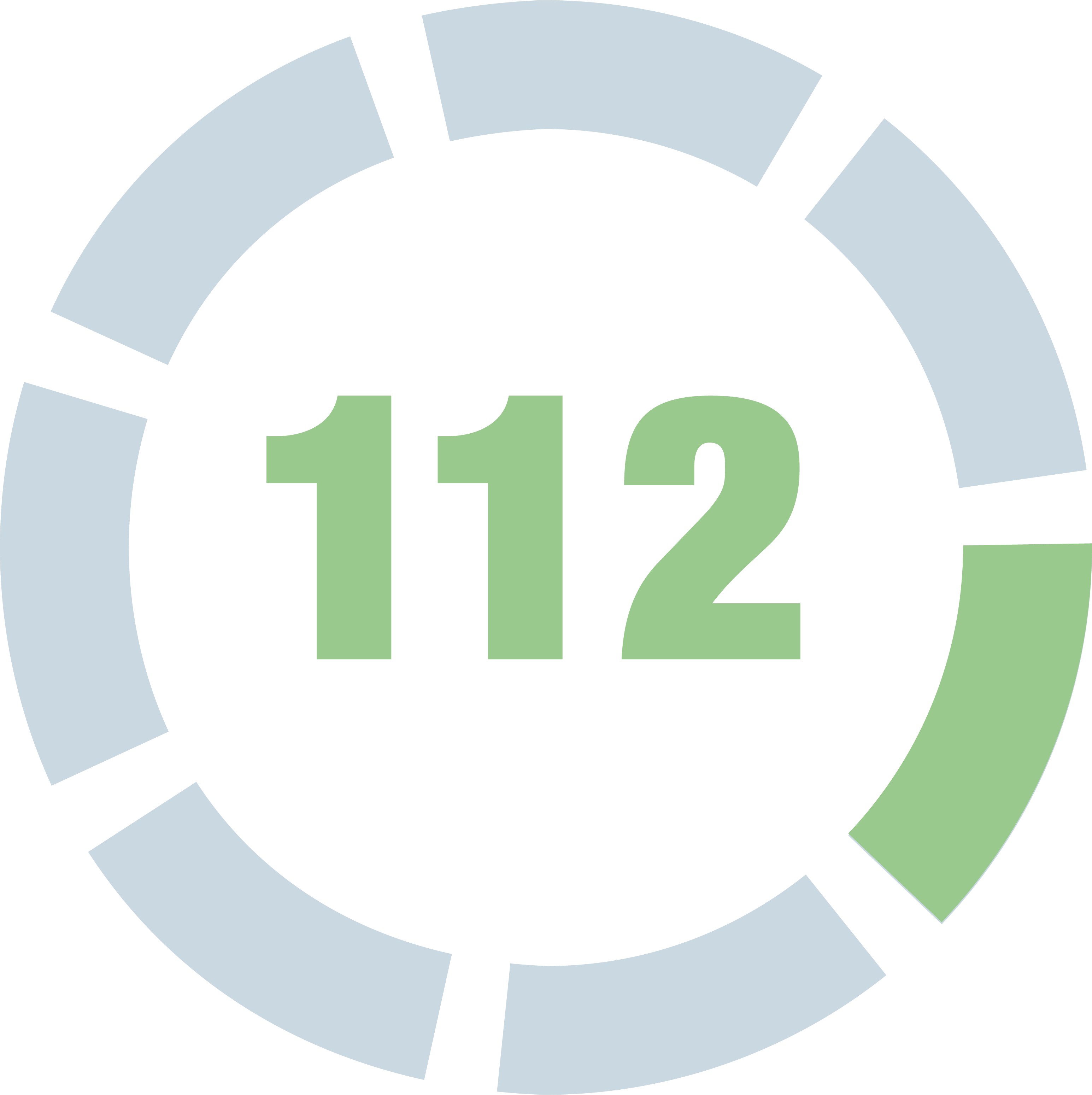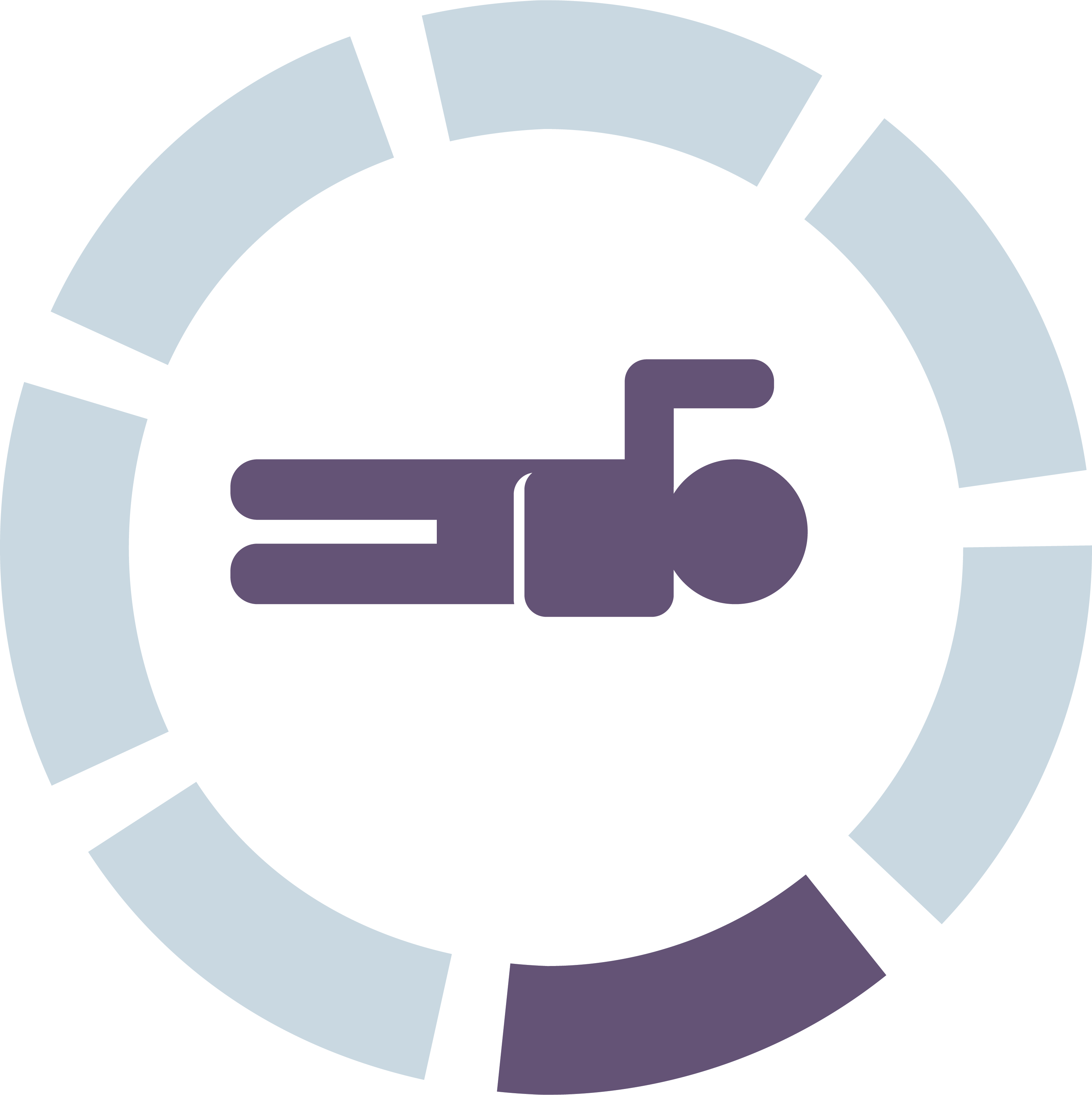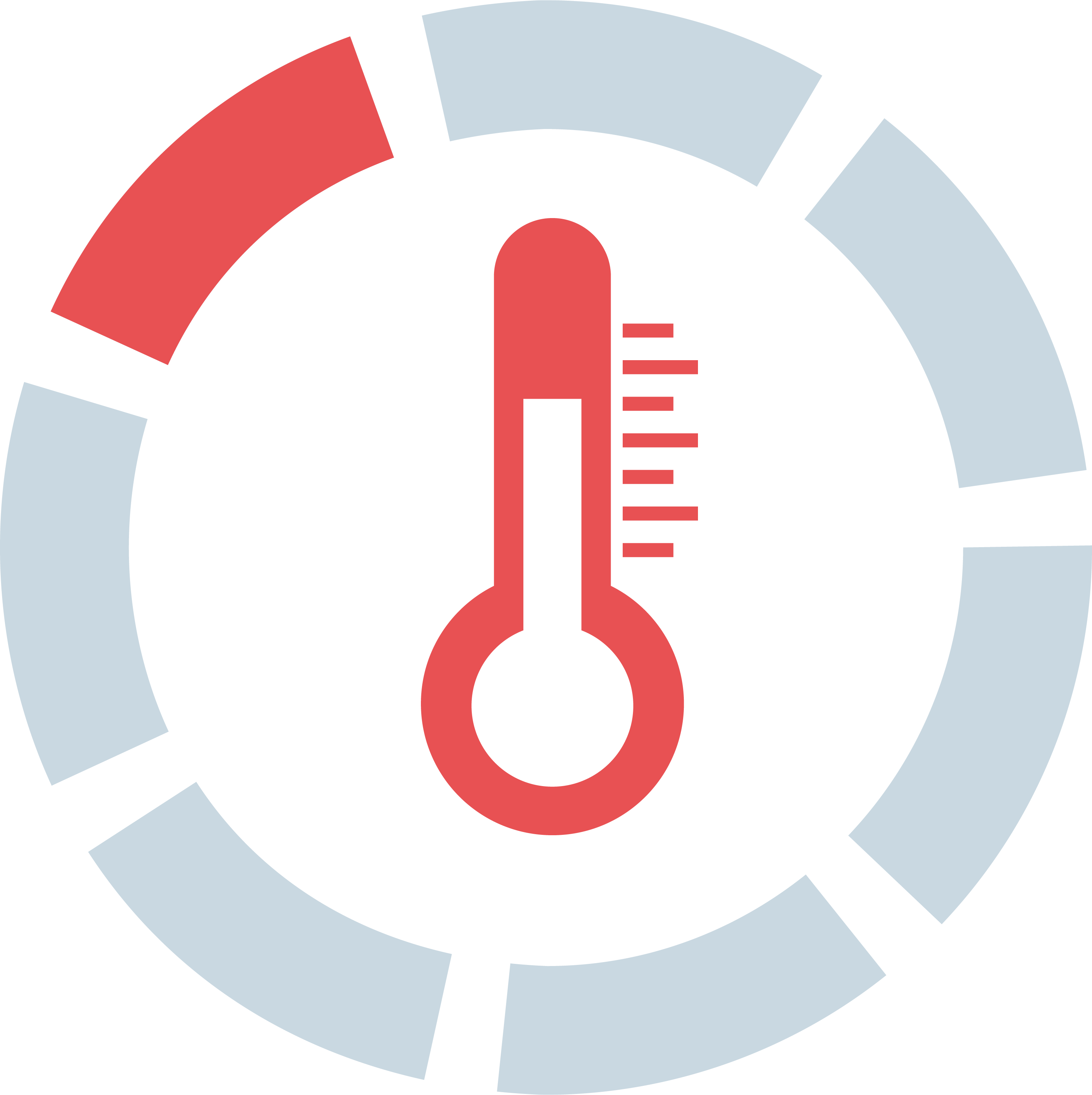
STROKE
Goal of first aid:
Early Detection of Strokes.

SAFETY FIRST






Ensure personal safety: Identify any dangerous situations. If necessary, move to a safer location.
Gloves: Protect yourself and others: put on disposable gloves.
Overview: Get an understanding of the situation.


CONDITION CHECKING





See: Signs of paralysis, facial paralysis on one side, mouth drooping on one side.
Hear: Slurred speech, complaints of severe headache, anxiety.
Feel: One-sided weakness or paralysis, for example when shaking hands.
FAST acronym:Helps to quickly recognize a stroke. F= Face A=Arms S= Speech T=Time.
F (Face): The person can only move one side of their face when trying to smile. A (Arms): Only one arm can be raised straight forward. S (Speech): The person’s speech is slurred and unclear. T (Time): Time is brain — even if only one of these symptoms occurs, call emergency services immediately!



CALLING FOR HELP




Emergency call 112: Make an emergency call.
The 5 W questions:
Where did it happen?
What happened?
How many people are affected?
What injuries?
Wait for further questions!
Use speakerphone: Turn on your phone’s speaker to keep your hands free.
Do not hang up: Do not hang up unless the 112 dispatcher instructs you to.
Involve bystanders: Have them bring a first aid kit.
Report condition changes: Inform the 112 dispatcher if the person's condition changes.




POSITIONING



Upper body elevated:Support the affected person by leaning them against your body — this way, you can comfort and monitor them at the same time.





WOUND DRESSING


As needed: If injuries are present, dress them accordingly.






COMFORTING

Don't leave: Stay with the person. Your presence and kind, encouraging words can help.
Listen: Listen actively, respond to their fears and worries, and show that you're there for them.







TEMPERATURE MANAGEMENT
Prevent heat loss: If the foreign object has been removed, wrap the person in a jacket or emergency blanket.

